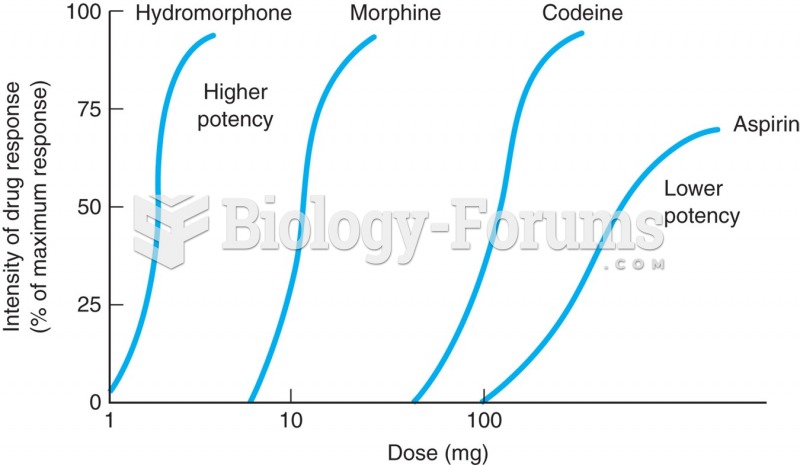|
|
|
The calories found in one piece of cherry cheesecake could light a 60-watt light bulb for 1.5 hours.
Eating food that has been cooked with poppy seeds may cause you to fail a drug screening test, because the seeds contain enough opiate alkaloids to register as a positive.
Carbamazepine can interfere with the results of home pregnancy tests. If you are taking carbamazepine, do not try to test for pregnancy at home.
Chronic necrotizing aspergillosis has a slowly progressive process that, unlike invasive aspergillosis, does not spread to other organ systems or the blood vessels. It most often affects middle-aged and elderly individuals, spreading to surrounding tissue in the lungs. The disease often does not respond to conventionally successful treatments, and requires individualized therapies in order to keep it from becoming life-threatening.
When intravenous medications are involved in adverse drug events, their harmful effects may occur more rapidly, and be more severe than errors with oral medications. This is due to the direct administration into the bloodstream.
 Tumor marker analysis of a patient undergoing therapy, who (1) after surgery had residual disease ...
Tumor marker analysis of a patient undergoing therapy, who (1) after surgery had residual disease ...
 Effect-log dose curve for the analgesic action of three narcotics and aspirin. Hydromorphone is more ...
Effect-log dose curve for the analgesic action of three narcotics and aspirin. Hydromorphone is more ...





